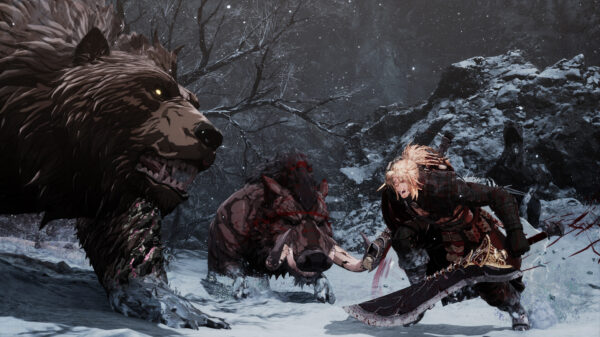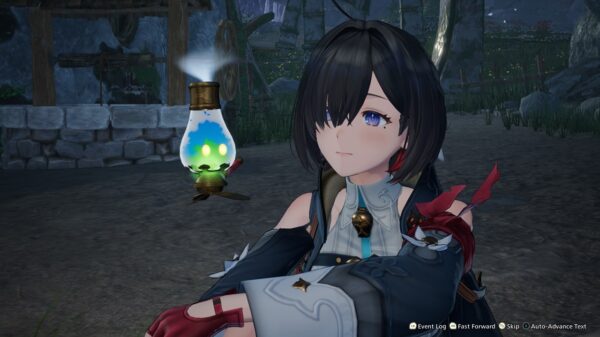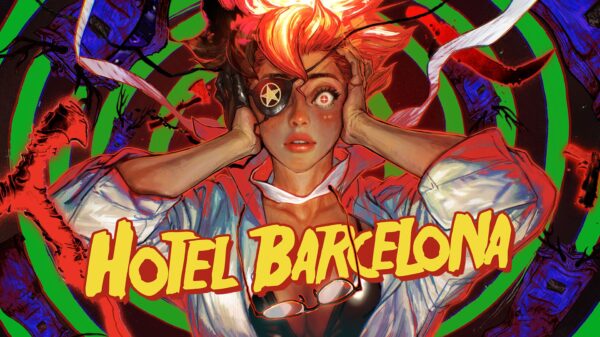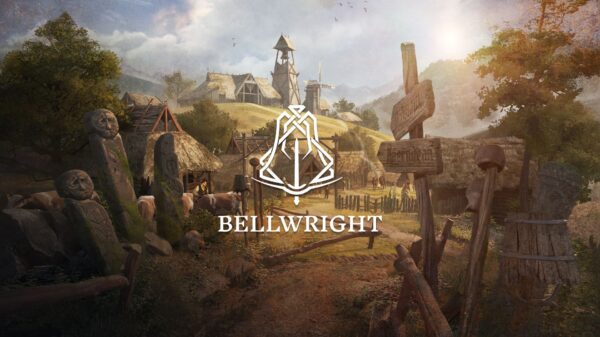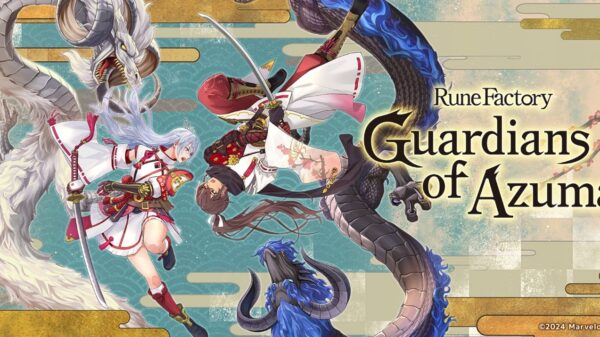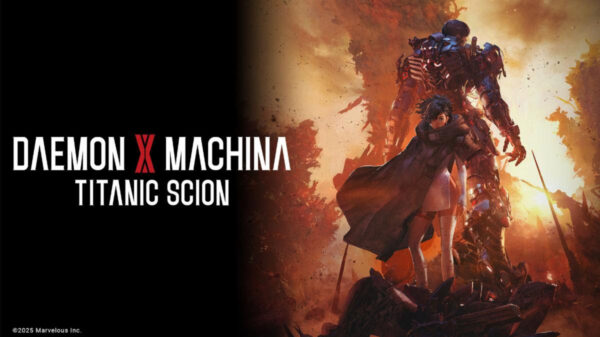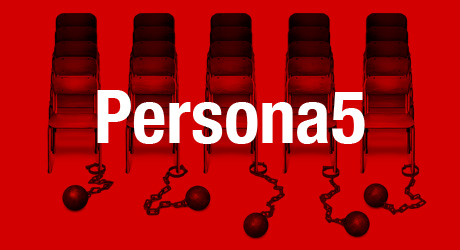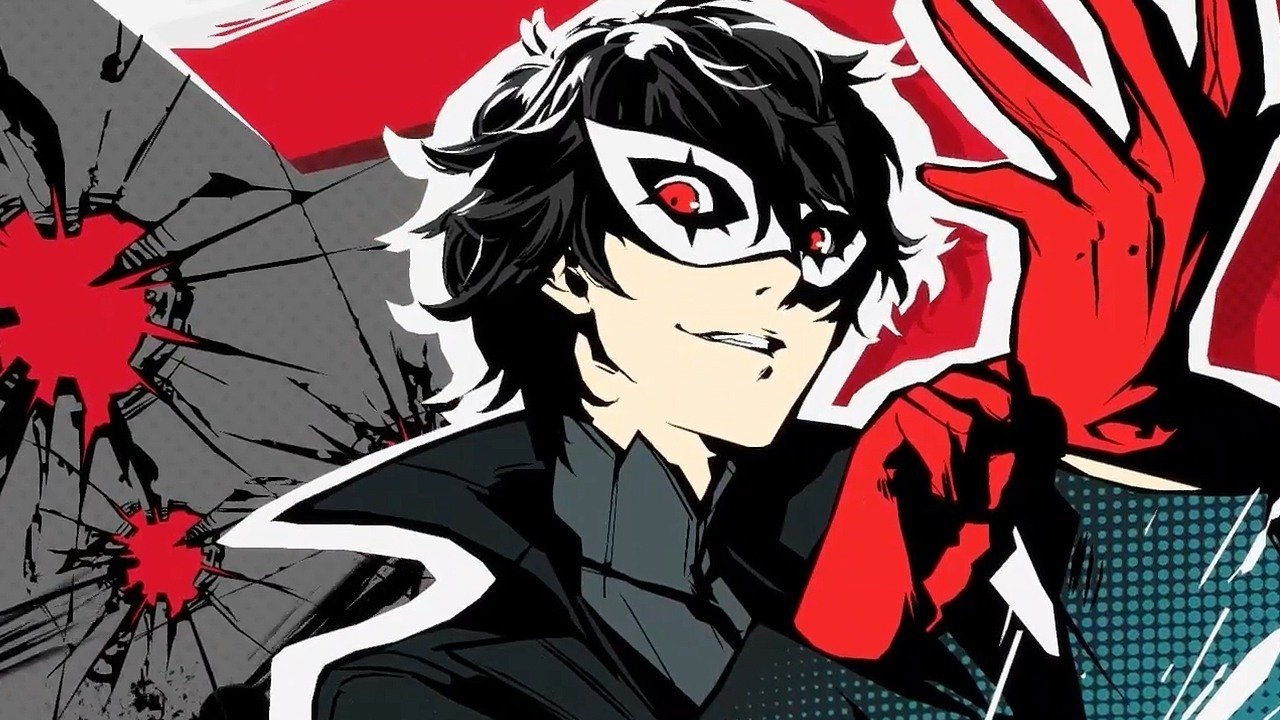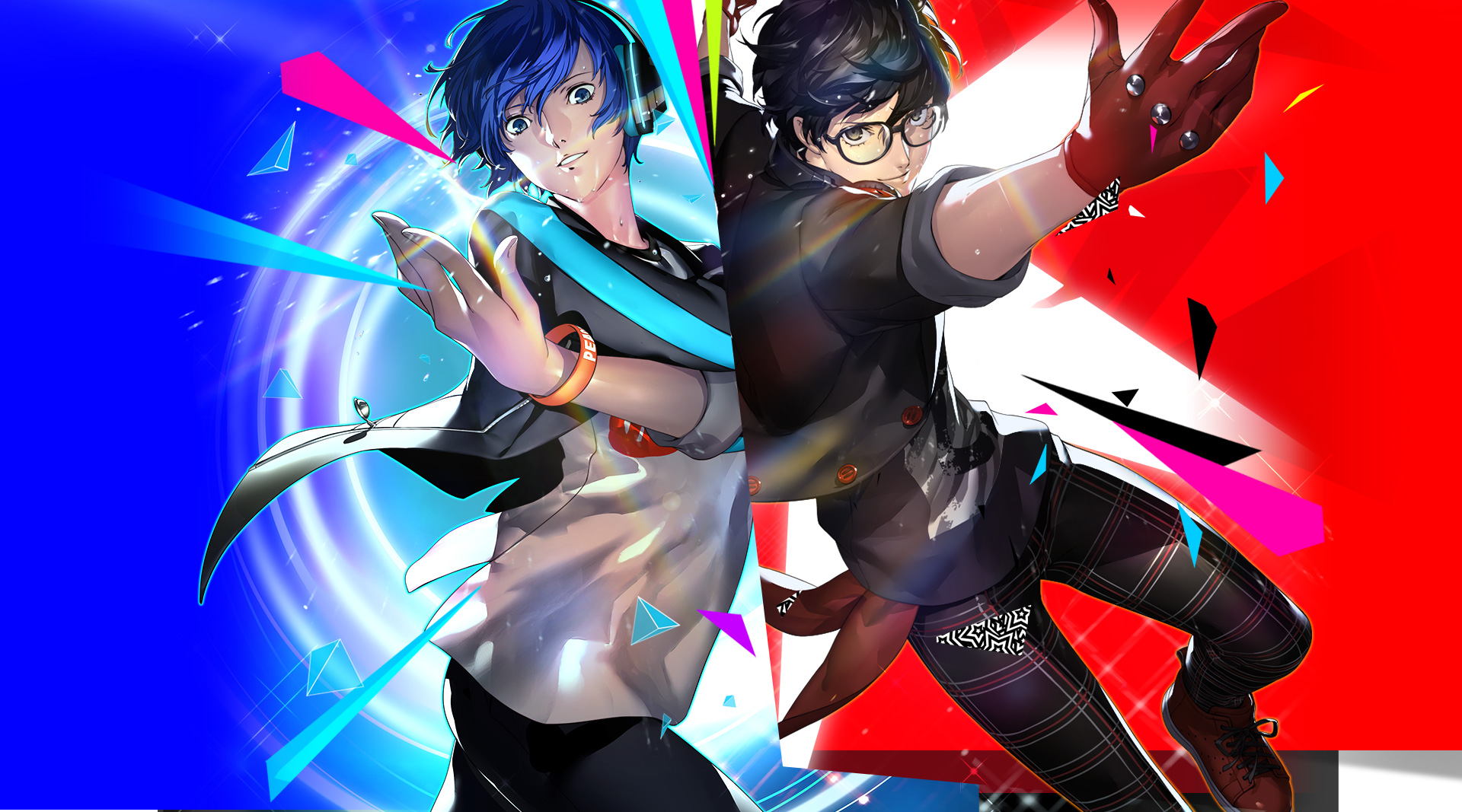I’ve got Persona fever, and the only prescription is anxiously trying to balance my social life and dungeon exploring.
Persona 5
Developer: Atlus
Price: $60
Platform: PS4/PS3
MonsterVine was supplied with a PS4 code for review
It’s been eight years since the release of Persona 4 so anyone can understand the fervor that has gripped the fanbase ever since the fifth entry in the series was revealed. It’s finally here though and it’s just as brilliant as you could hope for.
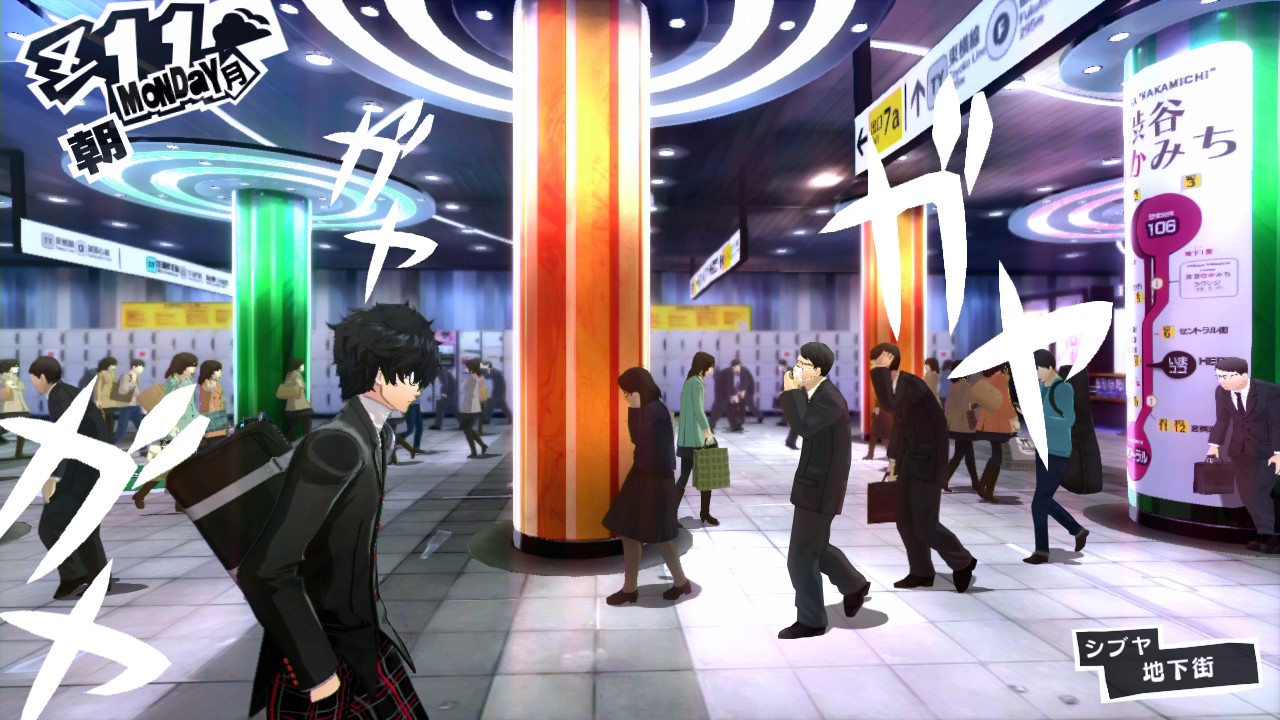
Persona 5 kicks things off surprisingly quickly with a flash forward moment that gives you a taste of the game’s dungeons and combat mechanics. After this brief introduction you’re thrown back to the present where you’re introduced to the typical silent protagonist who has moved to Tokyo after being arrested following a confrontation with an adult. You’re then slowly introduced to the supporting cast of characters, with the adults in particular doing a great job of reminding you that you’re a piece of trash, thus setting the stage for the game’s theme. Something you’ll notice right away is how heavy handed Persona 5 is with its initial theme of rebelling against adults because they “just don’t get it man!”. Eventually though the protagonists ditch the cliché attitude, shifting towards more altruistic goals and the game even begins to question the ethical nature of forcibly changing a person’s personality.
Pacing is something that’s hard to get right, and the previous Persona games, like most RPG’s, notoriously fed you the fun like a slow drip. However Persona 5 has almost nailed it down with introducing new characters and mechanics at a fairly steady pace; from the moment you’ve got a good grasp on a story beat or character there’s usually something new getting ready to come in. The game isn’t immune to the faults of the genre though with the main story taking several in-game months to really get rolling, which amounts to dozens of hours. The game tries to give you brief teases of the plot with quick flash forwards to an interrogation scene and another with this politician, but you’re getting these minute long scenes so sporadically that you’ll constantly find yourself trying to remember what happened the last time you saw the scene.
If you’ve ever played a Persona game before you’re probably already getting anxious about trying to manage your time in the game because the series is part dungeon crawling RPG, part social sim. The game takes place over the course of a school year where you’ll play out each and every day by doing things like go to school and fighting demons; you know, typical anime teenager stuff. You’ll start each day by trying to decide how to spend your precious time. Will you hang out with a confidant, study in the library, play baseball, or maybe spend the day working a job? There are a lot of activities you can do and it’s really up to you how you want to spend your days.
Each activity is tied to one of five attributes: guts, proficiency, kindness, charm, and knowledge with it being up to your discretion on which to focus on. If you thought having to decide which activity to do on what day was already a bit overwhelming, add on top that certain activities will net you bonuses to its corresponding stat on certain days as well. For example, you might want to save spa days for Mondays or Thursdays where you’ll get double the kindness points. Increasing your rank in various attributes allows you to perform various actions such as acing school exams or progressing in a relationship with a confidant. While we’re on the subject of confidants, these are particular characters who are aligned with you in the game, most of which are your party members but some are NPC’s. You’ll be able to chose whether or not to hang out with these confidants and increasing your rank with them will unlock special abilities like access to unique items or abilities for party members to use in battle. Some confidants even have abilities that synergize with each other such as your foster guardian giving you the ability to brew coffee and another confidant eventually allowing you to brew the coffee without spending any precious time. You’ll eventually get into a groove of knowing when to hang out with someone, when to do an activity, or when to go into a dungeon. There’s no real “right or wrong” way of doing things as long as you complete the current dungeon before the time limit expires.
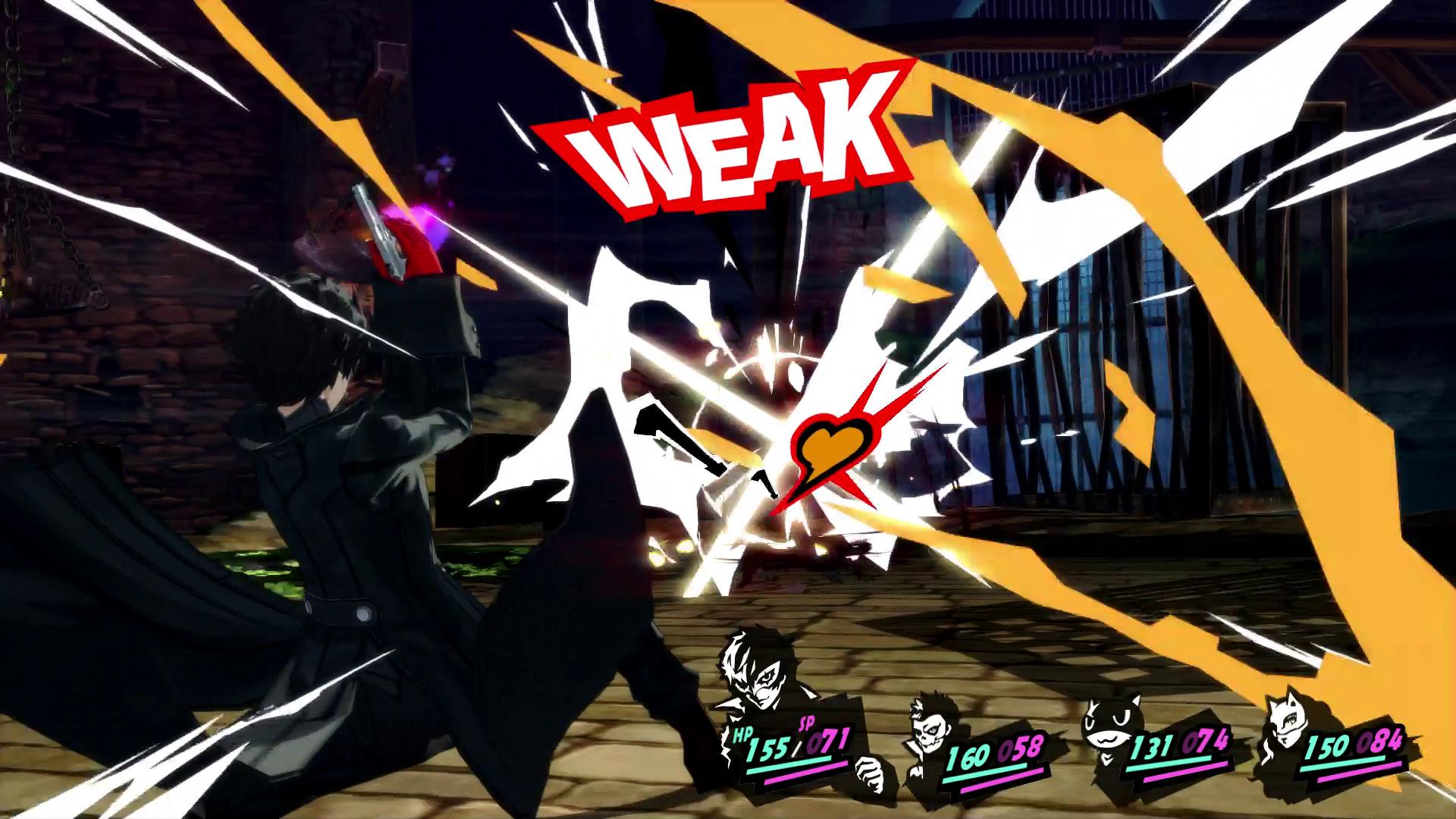
Speaking of dungeons, called Palaces in Persona 5, the randomly generated dungeons of before are replaced with uniquely designed Palaces with each one having their own wonderfully flamboyant theme and unique mechanics such as traversing through paintings to reach a new location. These are usually one-time gimmicks, but they help spice things up a bit. The look of the palaces is just breathtaking as well as these gloriously over the top locations really help breathe life into the world. Your basic goal for each dungeon is to progress as far as possible and then leave once you’ve hit that wall, either to return the next day or after a break. It’s a bit harder to stay in a dungeon for long periods this time around because there’s no longer a party member who can recover your magic points (SP), and any Persona fan knows you won’t last long in a dungeon without any magic. The game slightly makes up for that by making the Palaces themselves a bit shorter than dungeons in previous games and you now have special rooms scattered throughout that allow you to warp between them or even save your progress or which is a godsend. New to the series is the ability to use your “third eye” to highlight interactable objects or view the difficulty of an enemy; it’s nifty for sure but seems more like something the developers added to the game for the sake of adding something new. There’s also an “alert level” for each Palace that increases whenever you’re spotted by enemies; get seen too much and you’re immediately booted from the Palace. It’s a bit of an unnecessary mechanic since I never found myself even filling the bar halfway, but it fits with the game’s thief/heist aesthetic and never intrudes on your fun.
Now I kind of lied a bit when I said randomly generated dungeons were gone. Palaces are story specific dungeons you’ll explore when you want to progress the main questline. On the other hand, mementos is an area you can explore to complete side-missions from questgivers. These dungeons are randomly generated and offer a way to gain money/experience whenever you don’t have access to a Palace. As you progress through the story, your group of Phantom Thieves will become more noticed in the public eye and you’ll begin to receive requests to change hearts via a “phan-site” that a confidant is in charge of. There’s no real rush to tackle this area and you can even take on multiple requests at once so you can save time by waiting until you have a few requests before jumping into Mementos.
Persona 5 plays like your typical turn-based RPG so anyone familiar with the genre will be able to easily jump into it. You’ll perform regular attacks, guard, and use magic to take down an assortment of devilish enemies. New to the series is the Baton Pass ability which I absolutely love. Normally when you hit an enemy with an element it’s weak against you’ll score an extra turn; with Baton Pass you’ll be able to give your extra turn to an ally who will then get a bonus to their attack. You’ll then want to start chaining together multiple Baton Passes in a single turn which could end a battle before it even begins. Another notable change to the series is the inclusion of guns. Each character is equipped with a gun they can use during a battle that deals out minimal damage but allows you to score multiple hits in a single turn; some enemies are even weak against gunfire so characters like Ann with her machine gun can knock down multiple enemies at the start of battle. Guns have limited ammo though so you have to be careful not to blow away all your bullets, but thankfully the game refills your ammo whenever you leave a Palace.
If you didn’t already know, the game’s title is in reference to the physical manifestation of your character’s inner-psyche that are unleashed when the mask you’re wearing is forcibly torn off. You’ll level up your persona during battles and earn new abilities, but while your allies are stuck with the same persona throughout the entire game you’re able to acquire new ones. Persona 5 is bringing in some Shin Megami Tensei mechanics by allowing you to negotiate with a shadow during a battle. Using an ability a shadow is weak against will knock it down, knock all of the shadows down in a fight and you’ll enter a “Hold Up” moment where you can do one of three things: perform a devastating “All Out Attack”, negotiate with the shadow to join your team, or request an item/money. The negotiate option isn’t as straightforward as the other two though, since shadows won’t just decide to become a new persona just because you asked nicely. Each shadow has a personality type and you need to answer their questions appropriately or risk angering them. For example, upbeat shadows prefer more joking answers so those are the ones you want to look for. This is a neat system that helps add some variety to a fight, but I found issue with the translation of the dialog options you’re given. Most of the time I’ll struggle to find the right answer since they all either sound apathetic or nonsensical to the question. In particular one shadow that stood out to me always asked what sort of game you liked to play or what food you think it liked; all the answers for these questions were equally on the spectrum of silliness and there’s no good way of figuring them out besides guessing. Thankfully shadows, for the most part, offer questions and answers that make sense, but when the edge case shows up it can be particularly annoying.
After acquiring a persona you can then use them in battle or bring them to the Velvet Room where you can fuse them together to form more powerful personas. This is another area where increasing a confidant’s ranking will help you out since personas are categorized by arcana types, just like your confidants; increasing the rank of a confidant will then give you a sizable XP bonus whenever you fuse a persona of that same type. This benefit goes both ways by giving you extra points towards increasing a confidant’s ranking during a hangout session if you bring along a persona of the same arcana. You’ll soon get into the mindset of getting a persona, leveling it a bit and then running off to the Velvet Room to fuse it for something better. There’s no point in playing favorites with a persona especially since you can transfer its abilities into whatever you fuse. You can also sacrifice personas to either gain an item or feed its XP into another persona.
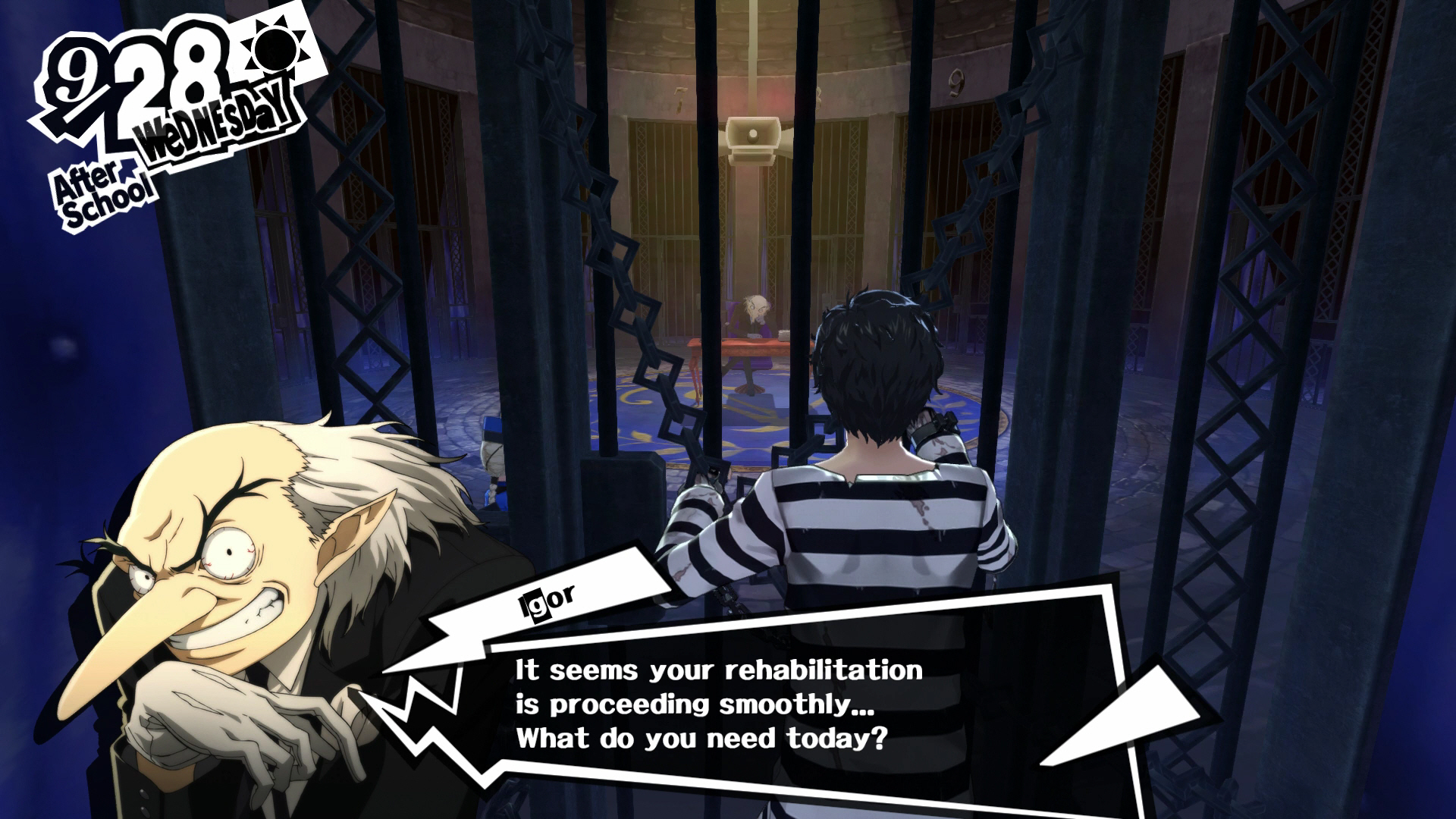
Filling out the persona compendium will quickly turn into an addiction as you try to get every type of persona to then see what sort of crazy new thing you can fuse them into. My only complaint with this system is that I wish there was a way to see what you could fuse from personas registered in the compendium. As it currently stands you need to have the persona in your inventory to view fusing options, otherwise you’ll need to pay the fee to summon a new one from the compendium to see what fusions you can gain through it. There are even more advanced fusions that require three personas that lets you know when you have one in your inventory, but won’t alert you if you have it in your compendium; considering how the game has dozens of personas it’s hard to remember them all and it would have been nice for there to be a way to alerted that I own the persona, just that it’s in the compendium and not my inventory.
The network feature introduced in Persona 4: Golden returns but this time it works in two different ways: allowing another player to come in to prevent an enemy from taking a party member hostage during a fight and, more importantly, allowing you to see whatever everyone did on each day and their average level. This feature is a godsend for newcomers to the series as it gives you a sort of blueprint on how to approach each day which can be an overwhelming experience to anyone not familiar with the series. Even I used it each day for fun to see what people were doing and as a useful way to quickly check which confidants were available to hang out with that day.
 The Final Word
The Final Word
Persona 5 is the series’ addictive formula refined to a nearly perfect form.
– MonsterVine Review Score: 5 out of 5 – Excellent


